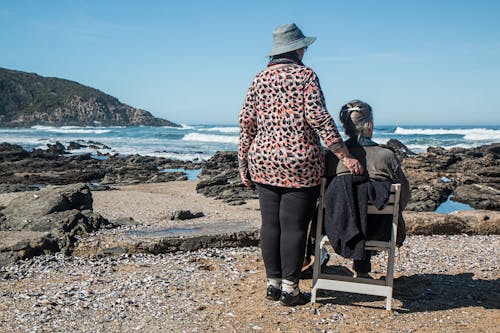For obvious reasons, Captain Martin Lloyd Sanders believes that now is as prudent a time as any for a quick review of the four biocontainment levels. These Biological Safety Levels (BSL) are a series of protection protocols to safeguard laboratory personnel and the surrounding environment and community. These levels were set by the Centers for Disease Control and Prevention (CDC) and based on what is being contained.
 |
Image source: NetNebraska.org |
BSL-1
The most basic of the levels, BSL-1, is implemented with low-risk microbes that pose little-t0-no threat to humans, microbes like the non-pathogenic E. coli strain. No isolation is required, just the immediate decontamination, hand-washing, and use of personal protective equipment (PPE).
BSL-2
BSL-2 is for moderate health hazards such as staph infections and HIV. It involves everything required in BSL-1, as well as additional protocols and methods for decontamination.
BSL-3
When working on indigenous or exotic microbes, BSL-3 is usually effective. These microbes, which can potentially be dangerous when inhaled, require more safety protocols such as solid-front wrap-around gowns and scrub suits and a self-closing set of locking doors accessible away from general corridors. Yellow fever and the West Nile virus are examples of microbes under BSL-3, notes Martin Lloyd Sanders.
BSL-4
Reserved for the deadliest microbes that are on the same level as Ebola, BSL-4 uses protocols from BSL-3 and adds the decontamination of virtually everything before leaving the area. It also requires a Class III biological safety cabinet and more of the highest-level safety and security materials and equipment.
As a veteran of the U.S. Army, Captain Martin Lloyd Sanders, Ph.D., received the prestigious Derek Dunn Memorial Scientist Officer of the Year award in April 2007 and three outstanding service medals and commendation medals as part of the USPHS Commissioned Corps. For more reads on public health, visit this website.
Disclaimer: This site was prepared by Martin Sanders in his personal capacity. The opinions expressed are the author's own and do not reflect the views of the USPHS, the Department of Health and Human Services, or the United States government.





















